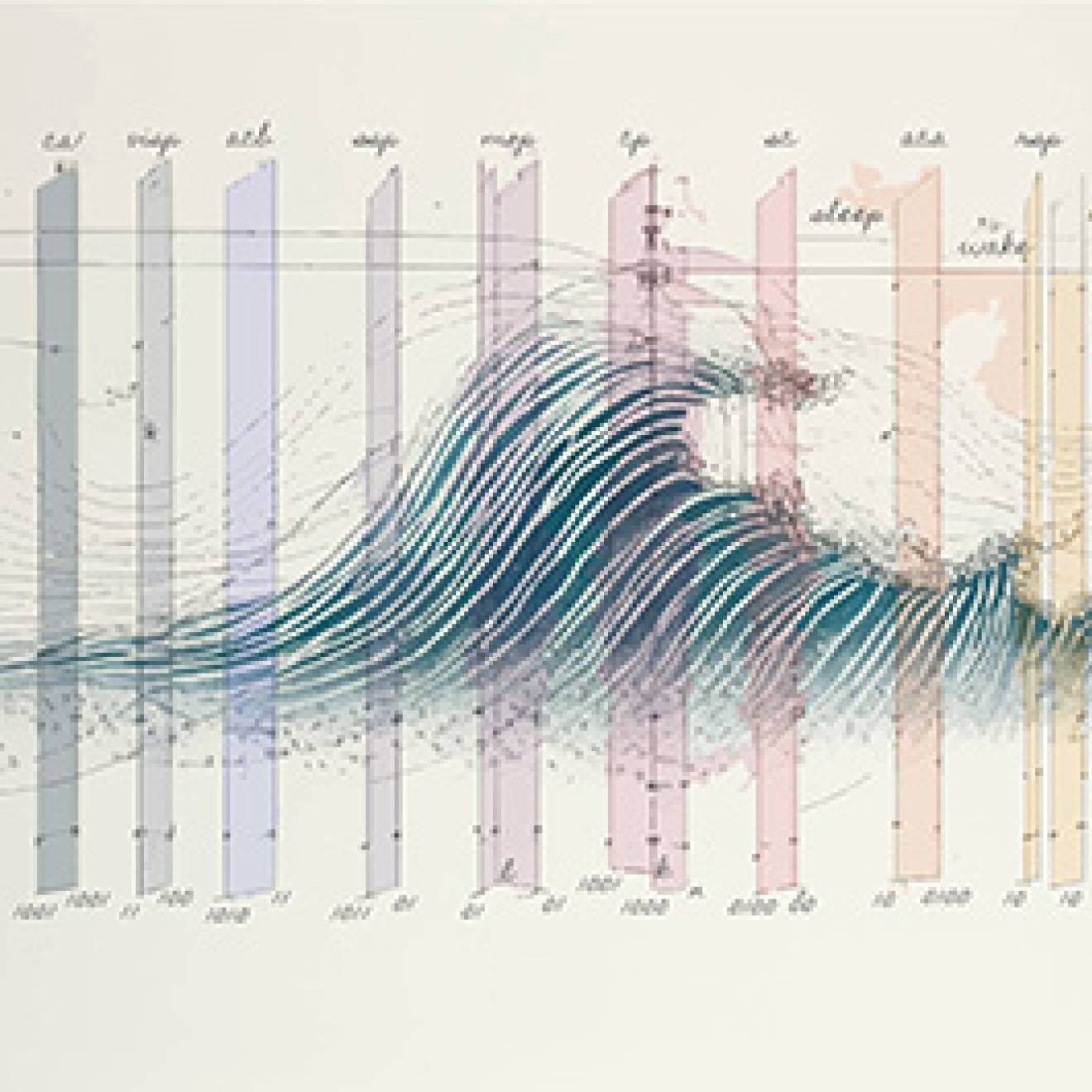Kat Kerlin, UC Davis
It is not enough to be energy efficient; LED lighting also must be consistently high quality and reliable to win over consumers.
That message, from the California Lighting Technology Center at the University of California, Davis, helped prompt the California Energy Commission to include quality criteria for LED replacement lamps in its first-in-the-nation energy efficiency directive on Dec. 12, 2012.
Now, the CLTC is urging the U.S. Environmental Protection Agency’s ENERGY STAR program to create similar criteria for LEDs on a national scale.
“This needs to happen as soon as possible, to guide manufacturers to higher quality products, before the market is flooded with products that fall short of consumer expectations,” wrote the CLTC’s Michael Siminovitch, Konstantinos Papamichael and James Benya, in a recent letter to the EPA’s ENERGY STAR program, which is reviewing its specification for LED lamps.
Other lighting industry leaders joined CLTC in filing separate comments in support of higher color rendering criteria for LED lamps. They include: the International Association of Lighting Designers, Northeast Utilities Companies and LED manufacturer Soraa.
The move comes as LED lighting is entering the residential market in earnest and consumers are faced with products of varying quality. The CLTC directors say adopting a quality standard could help ensure that consumers’ first impressions of LED technology are positive ones.
The CLTC letter points to compact fluorescent lamps as a cautionary tale. Since 1999, when ENERGY STAR first established criteria for CFLs, the requirements have focused on energy efficiency, while utilities have focused on lower costs. The result — energy-efficient, low-cost products that often compromised color quality — failed to impress consumers. Less than 9 percent of American homes have reached a market saturation rate for CFLs, according to ENERGY STAR studies.
“LEDs now present us with a second chance to transform the lighting market,” the CLTC leaders wrote in their letter. “The energy savings opportunity is larger than with CFLs, and LEDs have the potential to deliver lighting quality that comes much closer to incandescent light sources. We urge ENERGY STAR to establish high standards for color rendering and color consistency in LED replacement lamps.”
The concept of a national LED quality standard was first championed in a white paper co-authored by Siminovitch and Papamichael, both professors in the UC Davis Department of Design. The paper sparked intense discussion among leaders in the lighting industry, design world and energy sectors. CLTC hosted several roundtable sessions that engaged regulators, manufacturers, researchers and energy efficiency experts. This collaborative effort produced the performance criteria of the California lighting quality standard.
The CEC’s decision followed a California Public Utilities Commission directive in May 2012 to include quality metrics in future utility programs. The new statewide energy efficiency directive takes effect in January 2014.
“For LEDs to really gain long-term acceptance, they have to deliver the kind of color quality and reliability that consumers have come to expect from incandescents,” said Siminovitch. “A quality specification will go a long way toward helping California — and the nation — transition to more energy-efficient lighting.”

